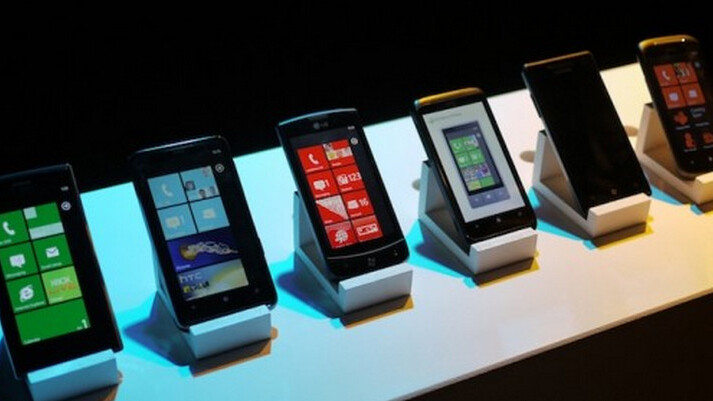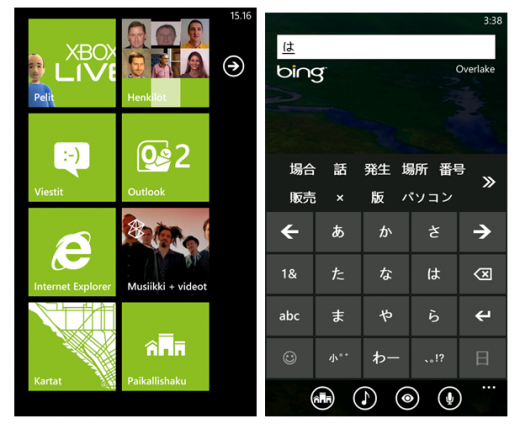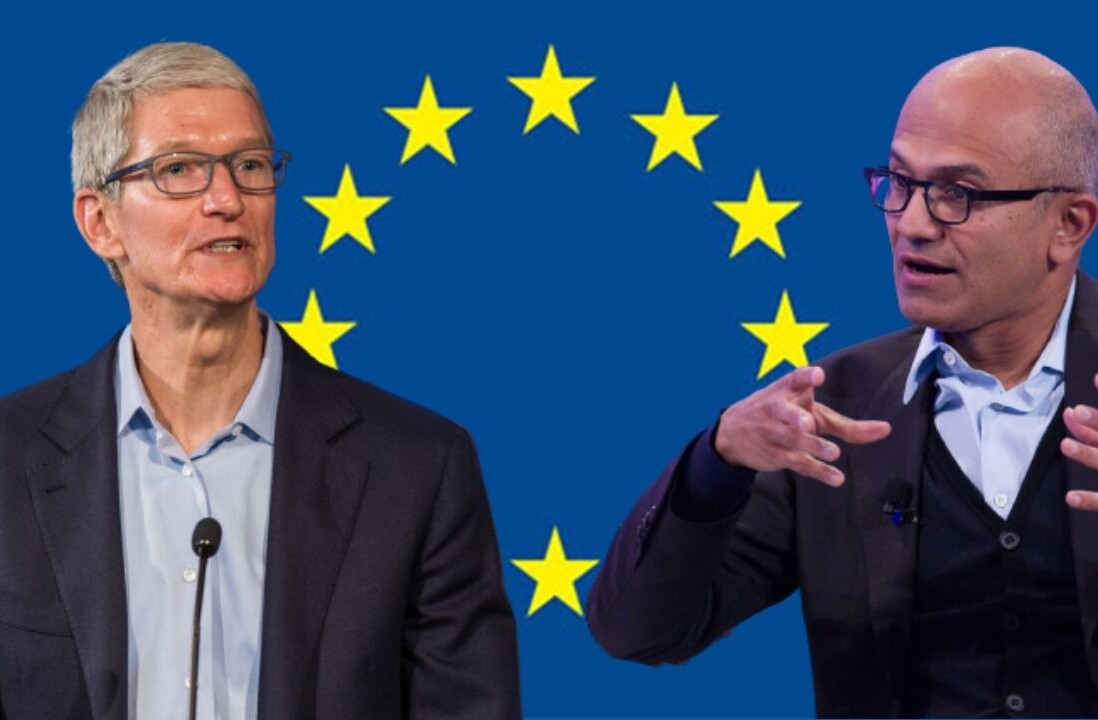
Microsoft continues to blog and explain the coming Mango update to its Windows Phone 7 platform, to both boost awareness, and to satiate the fans that it has managed to accrue in the months since the phone line launched.
Today the company reiterated elements of the expanded language support that Mango will contain, along with several new details about how they will function, and gave a look into the future as to what it has coming next.
As we have reported before, Mango will contain support for 17 new languages: “Brazilian Portuguese, Chinese (simplified and traditional), Czech, Danish, Dutch, Finnish, Greek, Hungarian, Japanese, Korean, Norwegian (Bokmål), Polish, Portuguese, Russian, and Swedish.”
The unstated goal behind the new language support is to make Windows Phone 7 a more attractive mobile operating system in markets that have the potential to expand its sales base. The Zune software that Windows Phone handsets sync with will also be available in the same languages.
To handle several of the new languages, four new fonts will also be included: Simplified Chinese – DengXian; Traditional Chinese – Microsoft MHei; Japanese – Yu Gothic; Korean – Microsoft NeoGothic.
Just by way of example, this is what Windows Phone 7 Mango looks like in Finnish (left), and typing in Japanese (right):

Mango will also contain 20 new keyboard input options, for the following languages: “Brazilian Portuguese, Czech, Danish, Dutch, Finnish, Greek, Hungarian, Indonesian, Japanese, Korean, Malaysian, Norwegian, Polish, Portuguese, Russian, Simplified Chinese, Swedish, Traditional Chinese, Turkish, and Ukrainian.”
Finally, Microsoft is looking towards supporting languages that require ‘complex scripts,’ such as Arabic and Hindi.
To reiterate, we are not going to be covering every Microsoft blog post that breaks down a set of Mango features, but we will do so when there is enough new information that it warrants our eyes, which was the case today.
Get the TNW newsletter
Get the most important tech news in your inbox each week.





